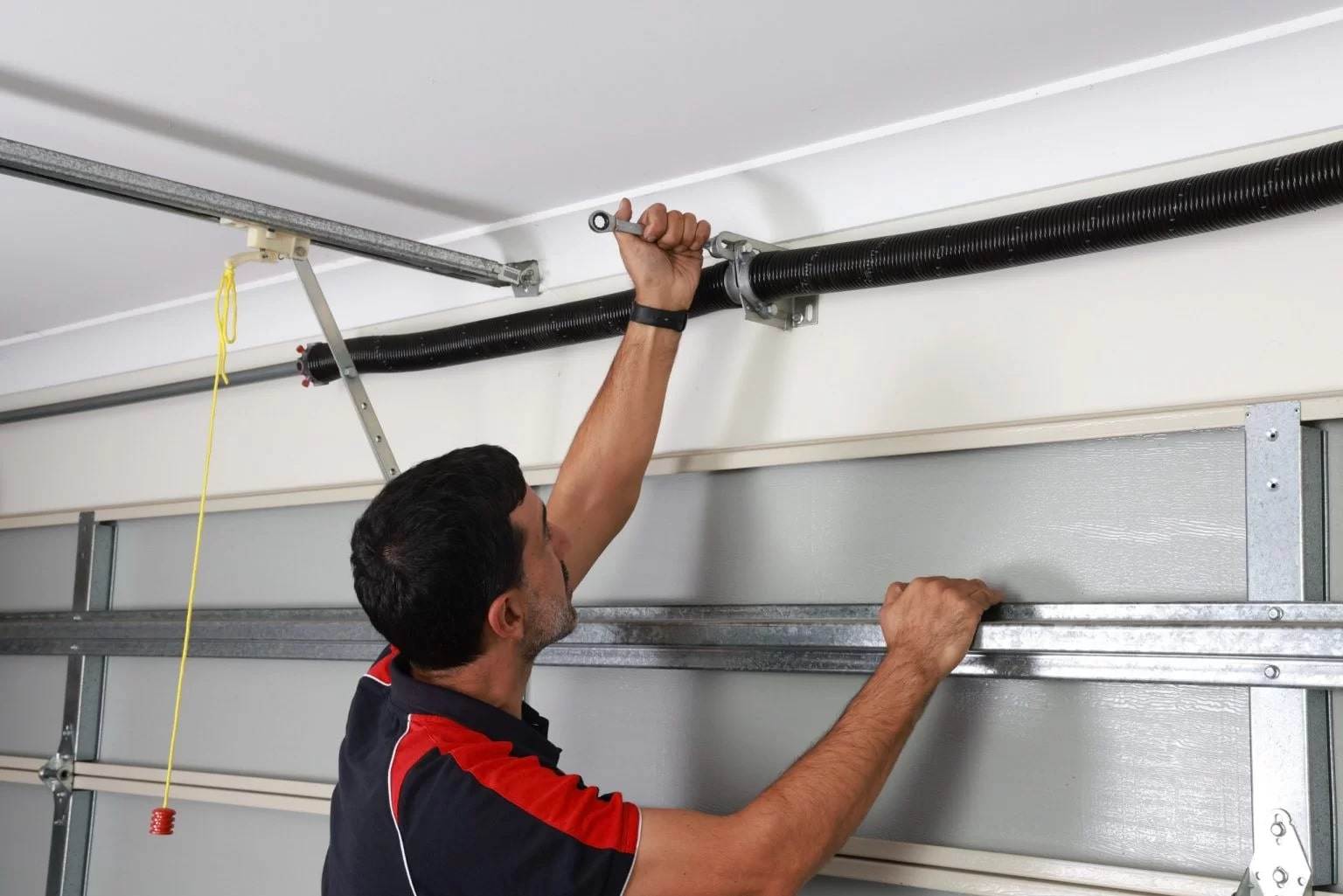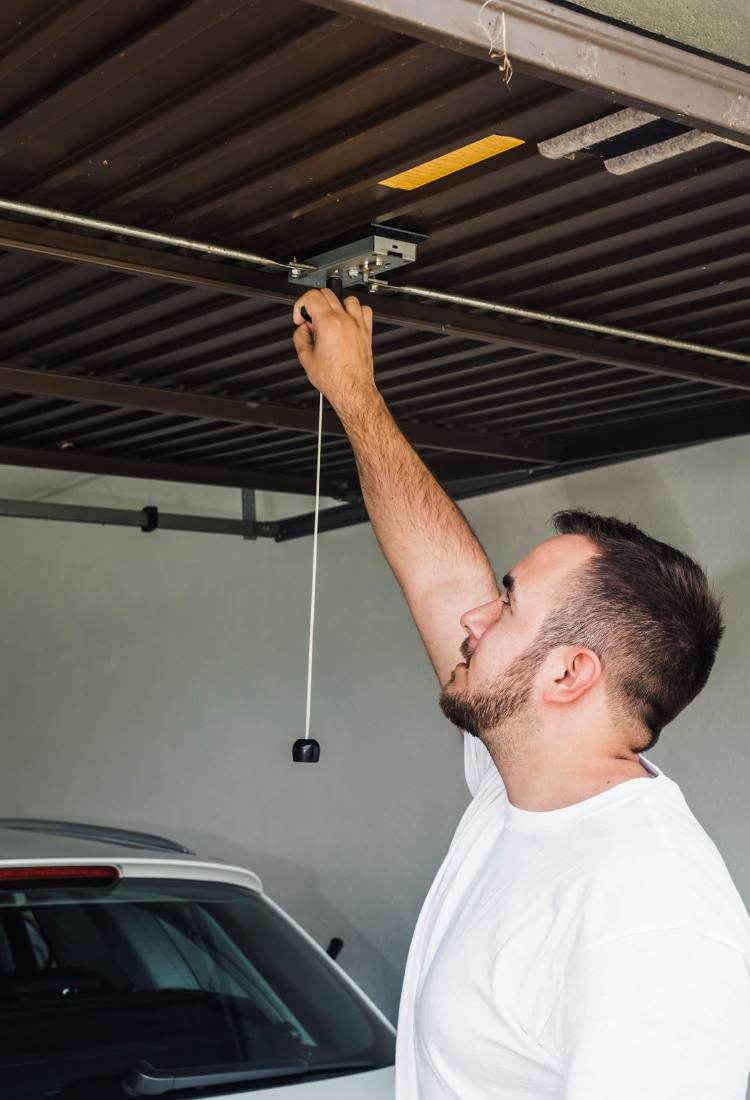Understanding the Difference Between Torsion and Extension Springs in 2024
The mechanics of springs play a crucial function in various applications, from on a regular basis home goods to complex machinery. Understanding the variations between torsion and extension springs might help you select the right type in your specific needs.
Garage Door Off-Track Repair Services Edmonton
What Are Torsion Springs?
Torsion springs are designed to exert a torque or rotational force. They work by twisting, storing power in the coil because it turns around its axis. These springs are generally utilized in applications requiring controlled rotational actions. For instance, you can find torsion springs in gadgets like clothespins and storage doors, the place resistance to wind or gravity is needed.

- Mechanism: Torsion springs retailer energy when they're twisted. The force exerted increases as the spring is twisted further from its neutral place. Common Uses: Found in functions ranging from St. Albert's storage mechanisms to Spruce Grove’s industrial machines. Design Features: Typically, they consist of tightly wound coils around a stable heart. This construction permits them to resist consistent twisting forces.
What Are Extension Springs?
Dependable Garage Door Installation Repairs St. Albert
Extension springs, distinct from torsion springs, are designed to soak up and store vitality when they are stretched. These springs offer resistance to pulling forces and return to their authentic shape when the force is removed. They are sometimes present in applications requiring pulling or tension, similar to in the doorways of sure home equipment and different machinery.
- Mechanism: Extension springs function by elongating. The more they are stretched, the more force is exerted to return to their original shape. Common Uses: Often used in Beaumont's automotive industry or in gear found in Fort Saskatchewan developments. Design Features: Typically have coils with hooks or loops at every finish for safe attachment factors.
Key Differences Between Torsion and Extension Springs
Garage Door Weatherproofing Solutions Fort Saskatchewan
Understanding the distinct characteristics of these two types of springs might help you discern which one suits your application. Here are the primary differences:
- Type of Force: Torsion springs generate a torque from rotational movement, whereas extension springs generate force when pulled aside. Shape and Design: Torsion springs are wound around a center axis, whereas extension springs are cylindrical and have hooks or loops at both ends. Applications: Torsion springs are excellent for applications needing to withstand rotational forces, similar to in Leduc’s home items, whereas extension springs excel in situations requiring tension, like in Spruce Grove's automotive elements.
Garage Door Track Repair and Alignment Morinville
Applications and Uses in Local Industries
Both torsion and extension springs find intensive use throughout completely different industries, together with manufacturing, automotive, and home purposes - Garage Door Spring Replacement Services Fort Saskatchewan. Here’s how these springs are utilized in some localities:

Torsion Springs
- **Sherwood Park**: Often utilized in door hinge assemblies, allowing for smooth operations. - **Devon**: Integral in sports gear, corresponding to resistance bands and weights.Extension Springs
- **Morinville**: Common in storage doorways, offering the necessary tension for lifting doors efficiently. - **Ardrossan**: Frequently present in furniture mechanisms, ensuring smooth functioning of recliners and sofas.Garage Door Track Repair and Alignment Stony Plain
Each of these springs serves a selected function to enhance product functionality and efficiency - Same-Day Residential Garage Door Services Sherwood Park. Understanding their roles helps producers design better products tailored to meet consumer needs
Choosing the Right Spring for Your Application
When deciding between torsion and extension springs, think about the precise mechanical requirements of your utility. Here are some tricks to guide your choice process:
Same-Day Residential Garage Door Services Nisku
- Identify the Forces Involved: Determine whether or not you want resistance to twisting (torsion) or pulling (extension). Evaluate Space Constraints: Analyze the working setting, as space could decide the shape and size of the spring you want. Material Considerations: Choose the best material based mostly on corrosion resistance and strength, which could be very important in areas like Fort Saskatchewan's industrial sectors.
Conclusion
Garage Door Off-Track Repair Services Beaumont
In summary, the difference between torsion and extension springs lies of their fundamental operations and functions. Torsion springs excel in offering rotational resistance, making them good for functions that require torque, whereas extension springs are perfect for purposes that necessitate tension and pulling. Whether you are in Stony Plain, Leduc, or some other locale, understanding these variations will https://privatebin.net/?af1b2ae3fc79d07d#HnPeS8tiyDR4W8BiD8a2688uSpizwp1aKmzxAzP3vLkE empower you to make knowledgeable selections in your spring requirements. Don’t hesitate to seek the guidance of with industry professionals to ensure the most effective fit in your specific needs!